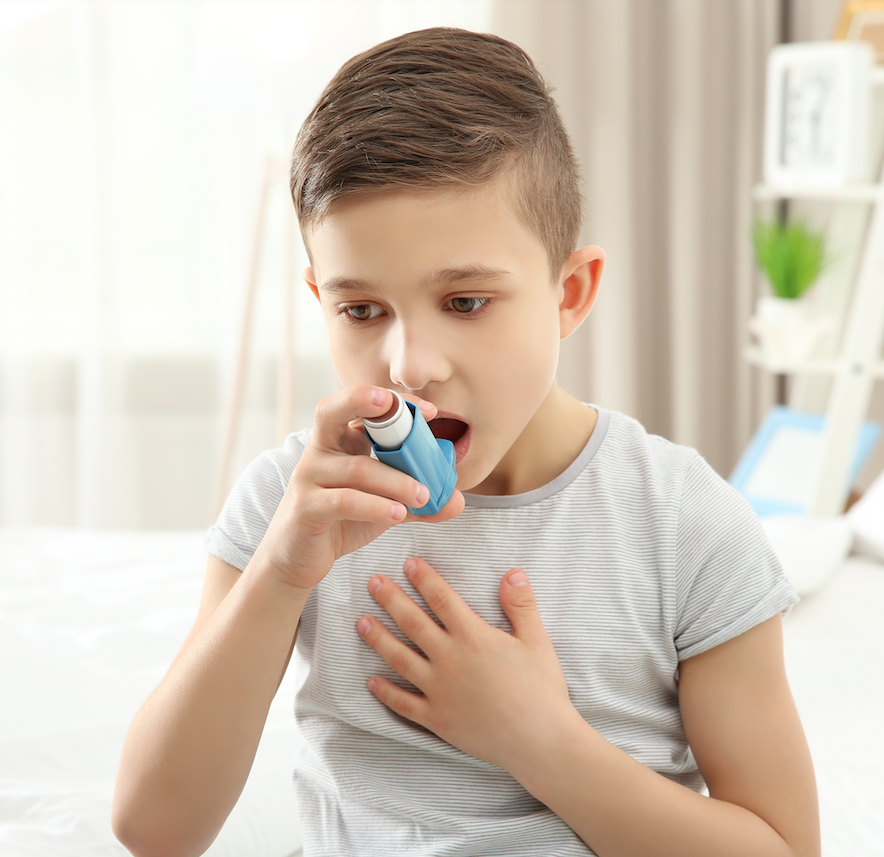Article
Separate Anaphylaxis Incidents Spark Questions, Concerns Over Airline Safety Policies
Author(s):
New questions about the risks of flying and the responsibilities of airlines have followed reports of anaphylaxis cases on two international flights in less than a month.

New questions about the risks of flying and the responsibilities of airlines have followed reports of anaphylaxis on two international flights in less than a month. The first incident occurred in early August, when a 4-year-old girl who was flying with her family from Dublin to Newark ate a cashew from a bowl that flight attendants offered to first-class passengers. Several reports said that the girl had no history of food allergies, so her parents allowed her to eat what was offered.
“About two hours out over the Atlantic they served a small bowl of cashew nuts and another mix of nuts,” the mom told the Irish Independent. “She took one cashew nut and within 30 seconds to a minute, her face blew up and she broke out in hives all over her body. She couldn’t breathe properly either. “They put out a call for medical personnel and thankfully there happened to be an allergy specialist from Houston, Texas, on board the flight. She came to the front and gave her the adrenaline from a vial,” the mother said.
Another 4-year-old girl suffered a similar attack a couple weeks later on a flight from the Canary Islands to the United Kingdom. That girl had already been diagnosed with a severe peanut allergy, so her parents informed the airline, Ryan Air, which not only agreed to forego selling nuts on the flight but also ordered passengers not to open any nuts they had with them.
However, a man sitting four rows from the girl either ignored or misunderstood the directive. He opened a bag of nuts and, shortly thereafter, the girl began struggling to breath. Her mother rushed her to the front of the plane to get her away from the allergen but the attack continued until an EMT who also happened to be on the flight injected her with epinephrine.
Both incidents made news around the globe. Stories focused not only on the specifics of the two cases but also on regulations governing how airlines handle potential allergens and allergy triggers.
The United States Department of Transportation tried to prohibit all nuts on airlines four years ago but found that it was prevented by law from enacting such a regulation without peer-reviewed studies showing that tiny airborne nut particles could trigger severe reactions in people throughout a plane.
Airlines are thus free to set their own regulations, but those regulations vary. Some have stopped offering any nuts to passengers. Some offer nuts to all passengers. Some offer nuts to passengers in first class but not in coach.
No airline discussed in any of the coverage has systematically forbidden passengers from bringing their own nuts on board or from opening nuts, but several will implement bans on individual flights if passengers announce their allergies in advance.
At least one airline, United, allows individual crews to decide whether they will honor such requests. Indeed, the Irish family had to delay its flight back from Newark to Dublin because the crew aboard the flight it had originally booked for its return refused to run a nut-free flight.
The crew aboard the first flight out the next morning, on the other hand, honored the request. Airlines also vary on their policies concerning epinephrine auto-injectors. Some airlines stock them as a matter of course.





